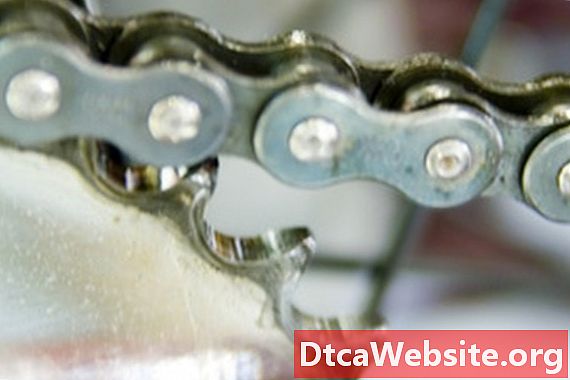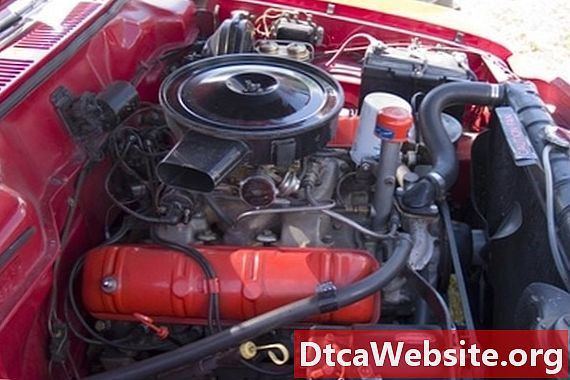
Contenu

Hydraulic systems are comprised of three basic parts: a master cylinder (piston) that pushes fluid through the lines, the lines that carry the fluid and a slave cylinder that moves when fluid pressure pushes upon it. Modern "tandem" master cylinders utilize a pair of pistons in the same tube that control two different fluid circuits for redundancy that no single-piston design can offer.
Single-Cylinder
Single-cylinders are the most basic type of master cylinder, and are internally very similar to a plastic medical syringe. The brake pedal lever pushes the plunger (piston) inside the cylinder, which shoves fluid through the lines and into the slave cylinders. When the brake pedal is released, a spring inside of the cylinder pushes the plunger back to its original position. Negative pressure pulls the brake fluid into the cylinder from the lines and from the brake fluid reservoir. Automakers long ago switched to the more redundant tandem master cylinder, but many race car builders prefer to use a pair of single cylinders instead of a single tandem cylinder to control front/rear brake pressure bias.
Ported Tandem Cylinder
A tandem cylinder is two pistons in one. The primary piston is connected to the brake pedal. When the brake pedal is pressed, the piston pushes on a spring connected to the back of the secondary piston. Once that spring compresses fully, the secondary piston starts to push fluid through its own dedicated system. The reservoir inlet port allows fluid to flow behind the pistons to keep pressure even on both sides. When the brake pedal is released, spring pressure pushes the pistons back and a small compensating port from the brake fluid reservoir introduces extra fluid into the chamber. The compensating port is necessary to speed up brake release, which would otherwise be inhibited by the speed of the fluid moving backward through the lines.
Portless Master Cylinder
First introduced on the Toyota MR2, portless master cylinders offer quicker brake release than standard designs that utilize a compensating port. Portless cylinders utilize a valve assembly in the pistons that opens to equalize pressure when the brakes are released. This allows the brake cylinder to do without the compensating port, which is more restrictive to fluid flow and bleeds pressure from the brake system under initial application. The quicker-responding portless cylinder works better with anti-lock braking (ABS) systems, which use rapid pressure modulations to adjust braking force.


